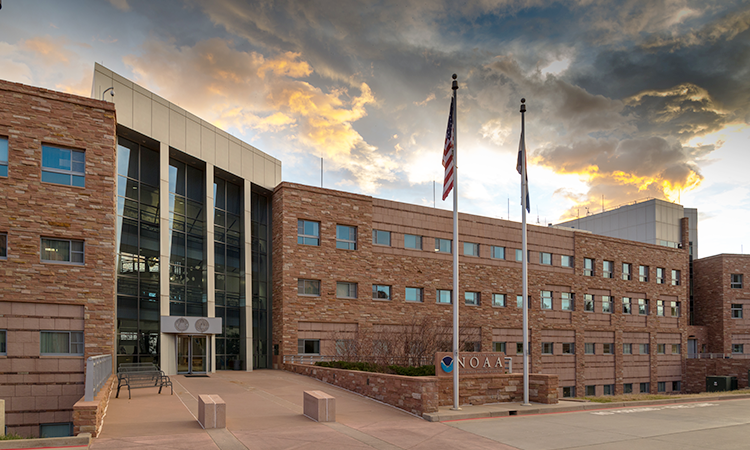Seminar
Ozone Air Quality Across Large Temporal and Spatial Scales

David Parrish, NOAA ESRL CSD
Wednesday, March 10, 2010, 3:30 pm Mountain Time
DSRC 2A305
Abstract
When considering air quality we often limit our thoughts to a particular place at a particular time, usually the present. The goal of this talk is to provide a wider temporal and spatial context for our considerations. Temporally, photochemical smog in Los Angeles has been the subject of research and control efforts for over five decades. The progress that Los Angeles has made will be compared with those from other metropolitan areas of the world, which may usefully inform air quality policy decisions in developing cities throughout the globe. On the broadest spatial scale, the limited available data sets indicate that background ozone at northern mid-latitudes increased substantially over the past century, and this increase continues today. Current global chemical transport models do not accurately reproduce the observed trend, indicating that our understanding of the tropospheric ozone budget is incomplete. On regional spatial scales, transport between adjacent urban areas or air basins can be quite important, and the transported background ozone can make very substantial contributions to local ozone concentrations. Consequently, as local air quality standards are tightened, long-range and regional transport of background ozone contribute an increasing fraction of allowable ozone concentrations, and that background concentration may be increasing. At present it is an open question whether the current 75 ppbv ozone standard can be achieved in large regions of the U.S. through local or even nation-wide efforts. Control strategies for local air quality will be more effective if they encompass local, regional and hemisphere-wide scales and consider changing background concentrations as well as changing local emissions.
ALL Seminar attendees agree not to cite, quote, copy, or distribute material presented without the explicit written consent of the seminar presenter. Any opinions expressed in this seminar are those of the speaker alone and do not necessarily reflect the opinions of NOAA or CSL.